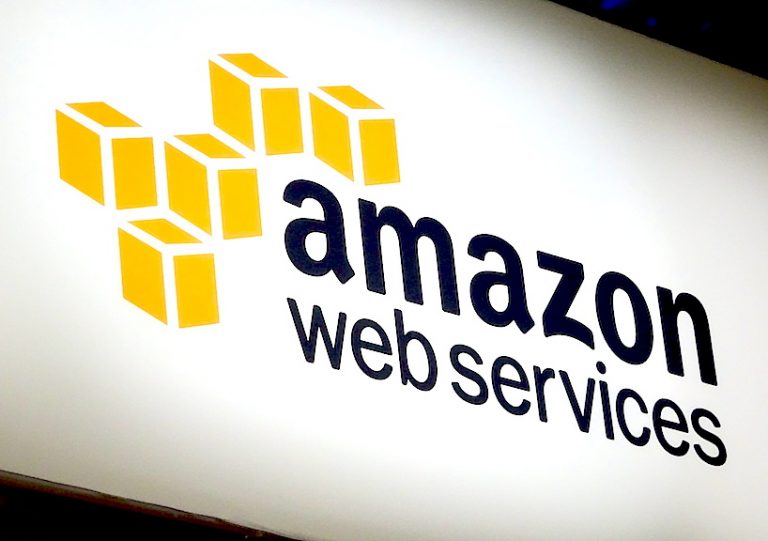 CLOUD
CLOUD
 CLOUD
CLOUD
 CLOUD
CLOUD
Amazon Web Services Inc. said today its public sector customers can now connect its AWS Outposts service to its GovCloud regions and access the full range of cloud services to build and run on-premises applications.
AWS Outposts is a hybrid cloud service that was first announced in late 2018. The service extends native AWS or VMware Cloud on AWS deployments to customers’ own data centers, effectively giving them an on-premises version of the AWS cloud. It’s somewhat similar to Microsoft Corp.’s Azure Stack offering, which allows customers to run Azure cloud services within their own data centers.
Meanwhile, AWS GovCloud (US) Regions are designed to host sensitive data and regulated workloads in the cloud for public and private sector customers that have U.S. federal, state, and local government compliance requirements.
With AWS Outposts now available in GovCloud regions, those customers can run compute and storage workloads on-premises with fully managed and configurable infrastructure stacks based on AWS-designed hardware, the company said. Those on-premises workloads can run with the same AWS application programming interfaces, control planes, hardware and tools used to connect traditional AWS applications. That makes the service ideal for workloads that might benefit from low-latency access to on-premises apps and systems, the company said.

“With Outposts, [customers] can use AWS Services to process data and run applications in on-premises locations that they own, manage, and control,” AWS Senior Product Marketing Manager Shubha Kumbadakone wrote in a blog post. “Outposts enables them to run workloads that need low-latency access to on-premises systems locally while connecting back to the AWS GovCloud Regions for application management. They can also use Outposts and AWS Services to manage and process data that remain on premises.”
AWS Outposts currently supports a range of Amazon EC2 instances for compute tasks, including C5, M5, R5 and G4 instances, with and without local storage. It can also be used to access cloud services such as Amazon ECS and Amazon EKS for containerized applications, Amazon EMR clusters for data analytics and Amazon RDS instances for relational databases.
Support our mission to keep content open and free by engaging with theCUBE community. Join theCUBE’s Alumni Trust Network, where technology leaders connect, share intelligence and create opportunities.
Founded by tech visionaries John Furrier and Dave Vellante, SiliconANGLE Media has built a dynamic ecosystem of industry-leading digital media brands that reach 15+ million elite tech professionals. Our new proprietary theCUBE AI Video Cloud is breaking ground in audience interaction, leveraging theCUBEai.com neural network to help technology companies make data-driven decisions and stay at the forefront of industry conversations.